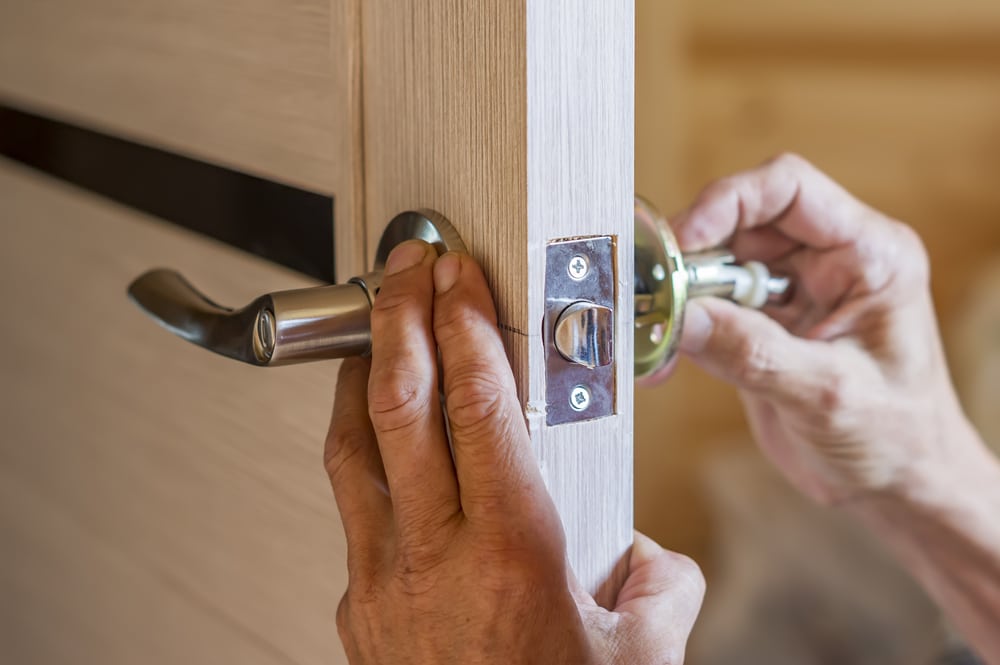Going through a divorce is a challenging and emotionally charged process, and splitting assets can be one of the most complex aspects of it. When dividing a shared home, there are several options, each with pros and cons.
This blog will explore the various ways to approach splitting a house during a divorce, helping you make an informed decision that best suits your unique circumstances.
Steps to take when selling a house during a divorce
If you and your ex-partner decide to sell your shared home, there are several vital steps to follow. First, you must both agree on a selling price and choose an estate agent to handle the sale. Selecting an agent with experience dealing with divorce sales is crucial, as they can help navigate any potential conflicts and ensure a smooth transaction.
Next, you’ll need to prepare the property for sale. This may involve decluttering, minor repairs, and staging the home to appeal to potential buyers. Working together with your ex-partner during this process is essential, even if it isn’t easy for you both. Presenting a united front can help you achieve a quicker sale and a better price.
Once you’ve accepted an offer on your home, you must decide how to split the sale proceeds. This typically involves paying off any outstanding mortgage debt and dividing the remaining funds according to your agreed-upon settlement. Working together with your ex-partner during this process is once again advisable, despite any communication difficulties you may have. Working with a solicitor is also advisable to ensure that the sale and division of assets are handled legally and fairly.
Can one person buy the other one out?
Sometimes, one person may wish to remain in the shared home while buying out their ex-partner’s share of the property. This can be a good option if you have children together and want to minimise disruption to their lives or if you have a strong emotional attachment to the property.
To buy out your ex-partner, you’ll need to first determine the value of their share in the property. This is typically done by subtracting any outstanding mortgage debt from the home’s current market value and dividing the remaining equity between you. You may need to refinance the mortgage on the home or take out a new loan to cover the cost of buying out your ex-partner’s share.
It’s important to note that buying out your ex-partner can be a significant financial undertaking. You must ensure you can afford the ongoing mortgage payments and maintenance costs on a single income. It’s also crucial to have a formal agreement outlining the terms of the buyout, including any future obligations for you both or any restrictions on selling the property.
If you are considering a buyout, it’s a wise idea to consult with a financial advisor to assess your ability to take on the additional financial responsibility. It would benefit you if you also worked with a solicitor to draft a legally binding agreement that protects your interests and ensures a smooth transfer of ownership. This agreement should include details such as the buyout price, payment terms, and any conditions related to the future sale of the property.
Joint Tenancy vs Tenants in Common
When it comes to owning a property together with your spouse, there are two main types of ownership: joint tenancy and tenants in common. Understanding the differences between these two arrangements can be crucial when splitting a house during a divorce.
In a joint tenancy, both partners own the entire property together. If one partner dies, their share automatically passes to the surviving partner, regardless of any will or testament. This arrangement is typical among married couples who want to ensure that their spouse inherits the property in the event of their death.
Each partner owns a specific share of the property in a tenants-in-common agreement. This share can be equal or unequal, depending on the couple’s agreement. If one partner dies, their share does not automatically pass to the other partner. Instead, it becomes part of their estate and can be bequeathed to anyone they choose in their will.
During a divorce, tenants in common arrangements can make dividing the property more manageable, as each partner’s share is clearly defined and separate from the other. However, it’s still essential to have a formal agreement outlining the split terms, including any buyout arrangements or property sale.
What is a Mesher Order?
If you are in the process of splitting assets in a divorce, you may have heard the term’ Mesher Order’. But what is this, exactly? Simply put, a Mesher Order is a type of court order that you can use to postpone the sale of a shared home until a specific event occurs. For example, you may use a Mesher Order to postpone the sale of the home until your youngest child turns 18 or 21 or when all your children have completed their full-time education. The main benefit of this arrangement is that it allows one partner to remain in the property with the children. Plus, the other partner retains their share of the equity.
Under a Mesher Order, the partner who remains in the property is typically responsible for paying the mortgage and maintaining the home. When the specified event occurs, the property is sold, and the proceeds are divided between the partners according to their agreed-upon settlement.
Mesher Orders can be worth considering for couples who want to prioritise their children’s stability and well-being during the divorce process. However, it’s vital to carefully consider the long-term financial implications of this arrangement, as it can delay the division of assets and may impact both partners’ ability to move on and purchase new properties.
What is a ‘Charge Back’ during a divorce?
A ‘chargeback’ is an agreement you can use when one partner buys out the other partner’s share of a shared home. Under this arrangement, the partner who is bought out retains a percentage of the equity in the property, which is paid back to them when the property is sold or upon the occurrence of a specified event, such as the buying partner’s remarriage.
For example, if one partner owns 60% of the property and the other owns 40%, the 60% partner may buy out the 40% partner for half of the current equity. The 40% partner would then have a 20% ‘chargeback’ on the property, which they would pay when you sell the property.
This arrangement can be a favourable option if one partner wants to remain in the property but cannot afford to buy out their ex-partner’s total share upfront. However, it’s essential to have a formal agreement outlining the terms of the chargeback, including any interest payments or time limits on when you must pay the charge.
Splitting a house during a divorce can be a complex and emotional process, but understanding your options can help you make the best decision for your unique circumstances. Whether you choose to sell the property and divide the proceeds, buy out your ex-partner’s share, or enter into a Mesher Order or chargeback arrangement, it’s crucial to work with experienced professionals who can guide you through the process and ensure that your rights and interests are protected.

















